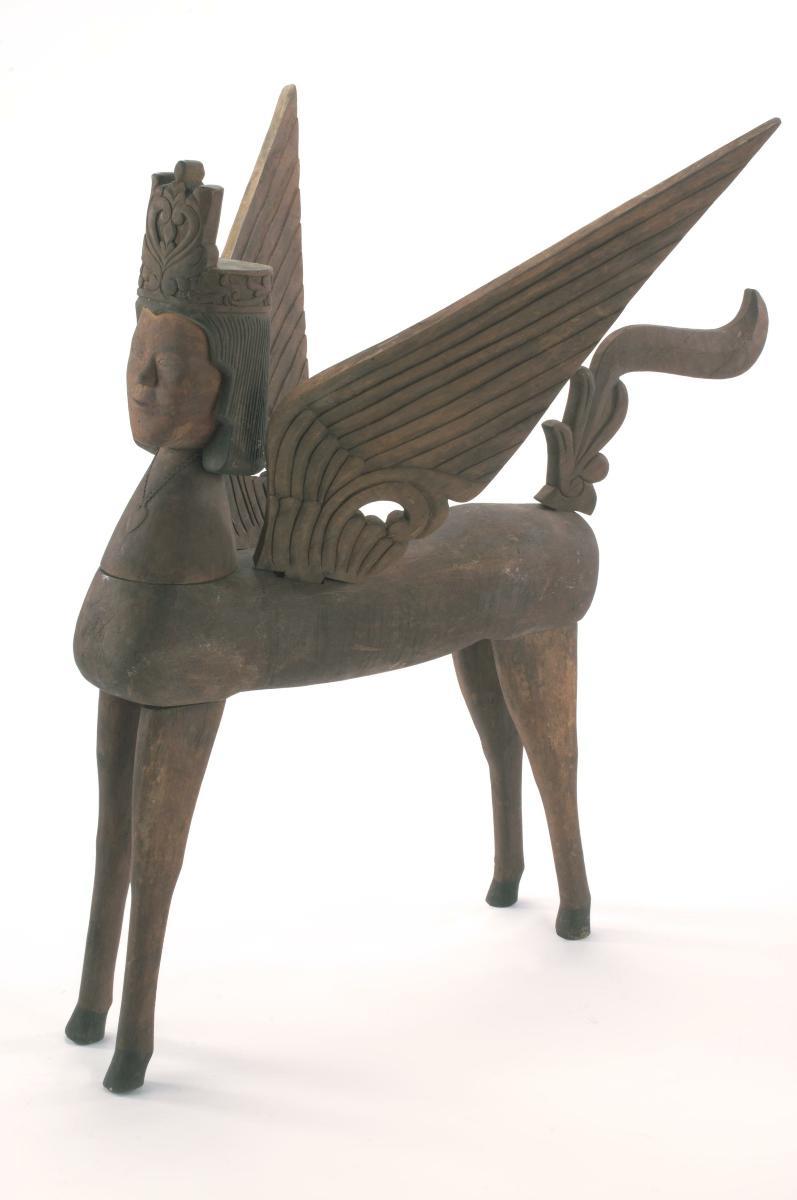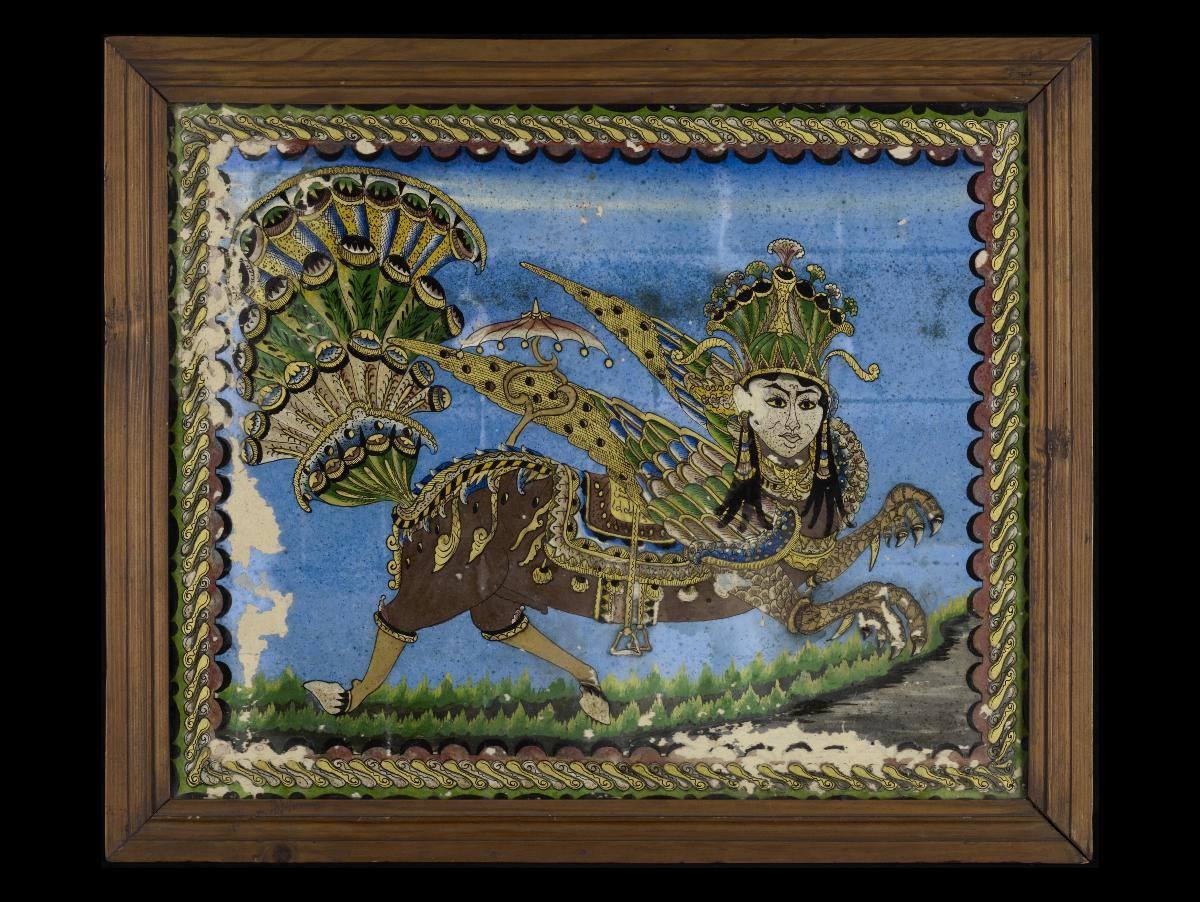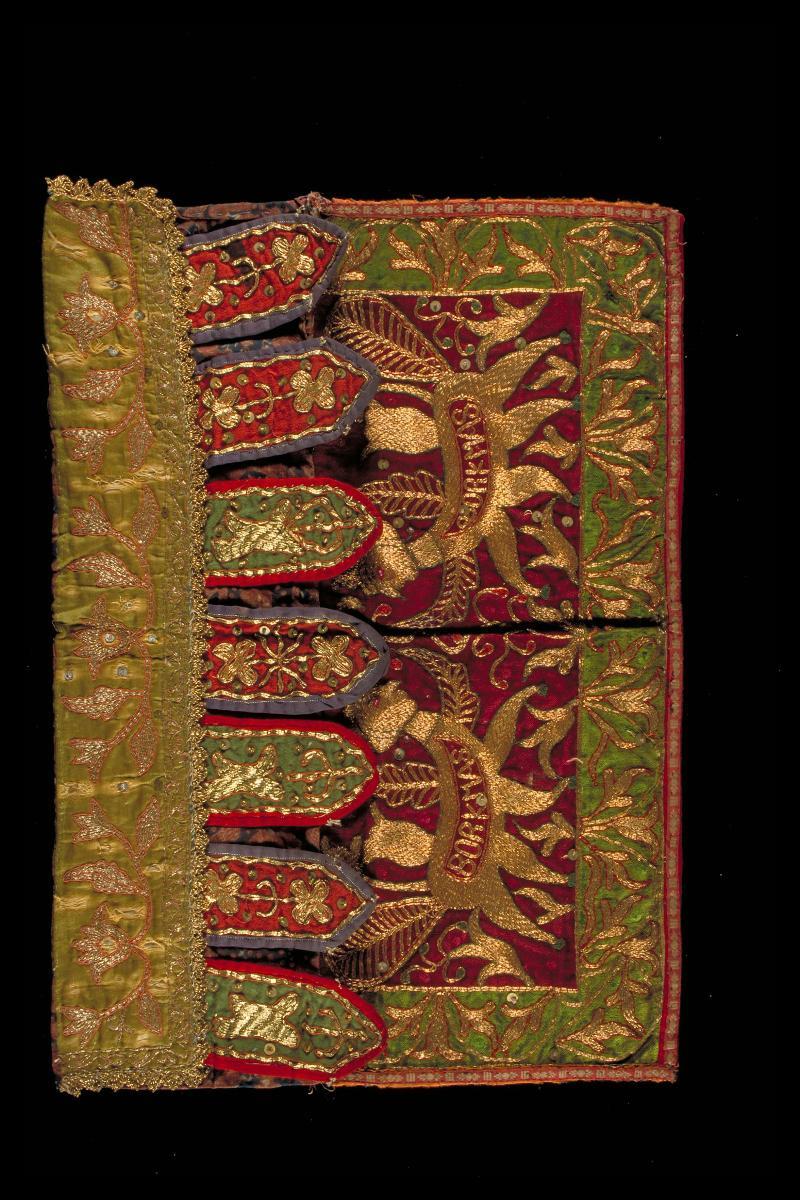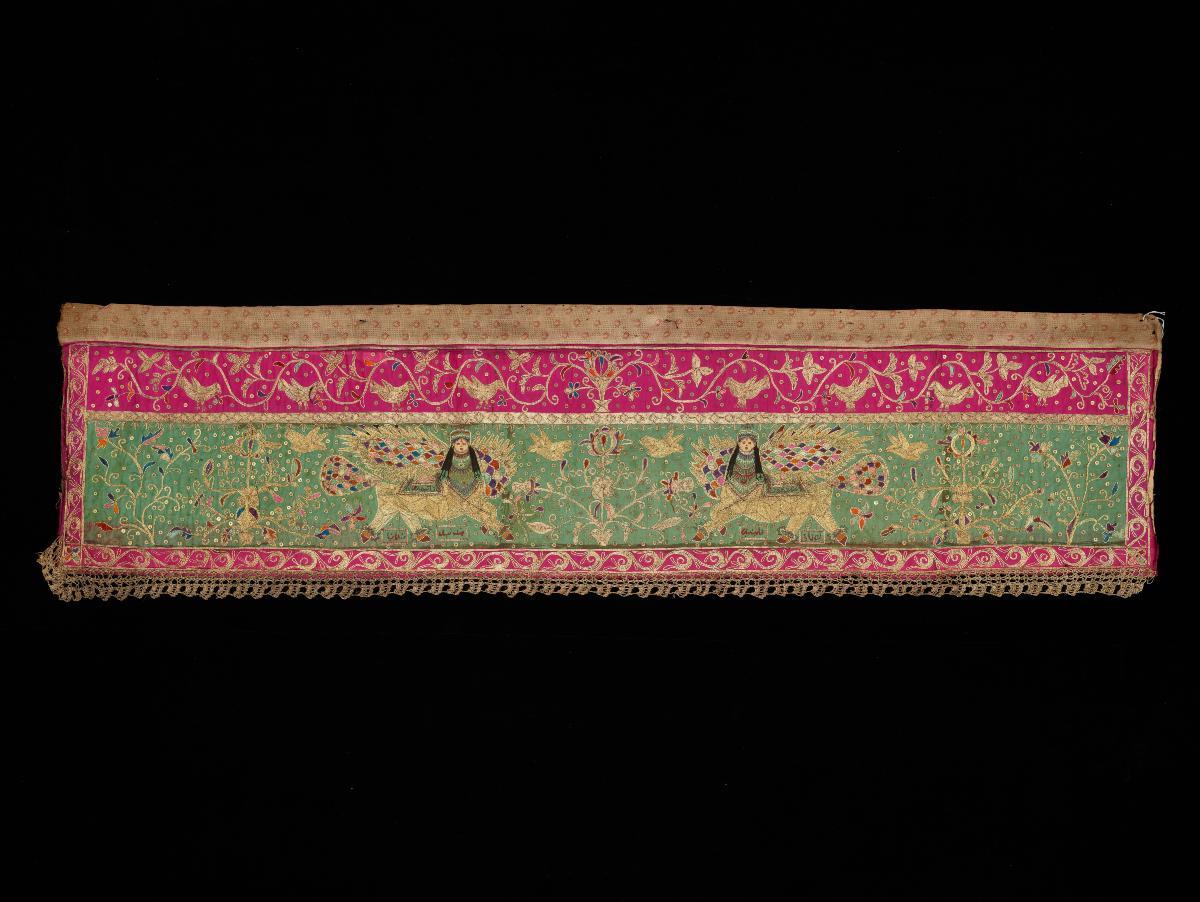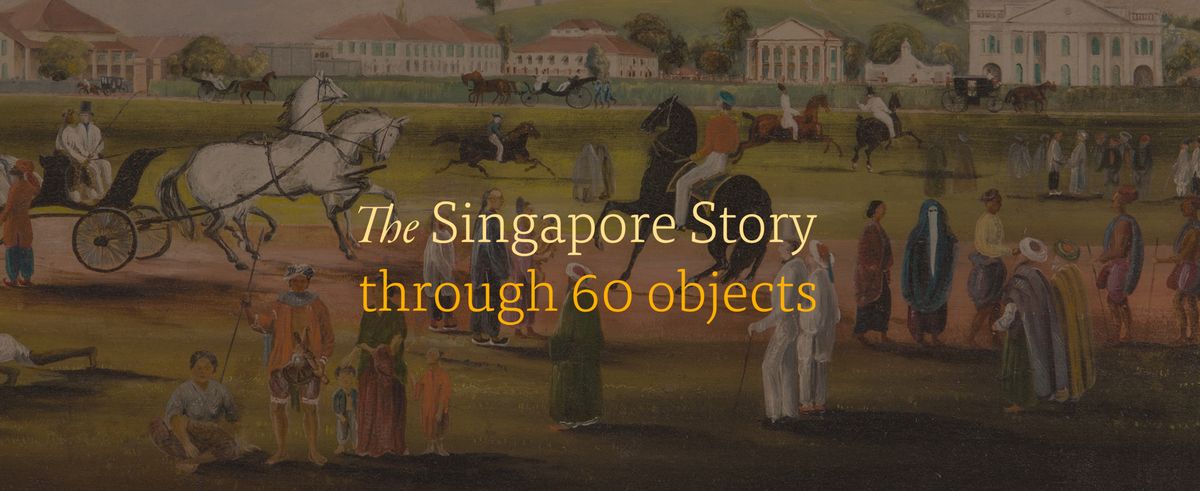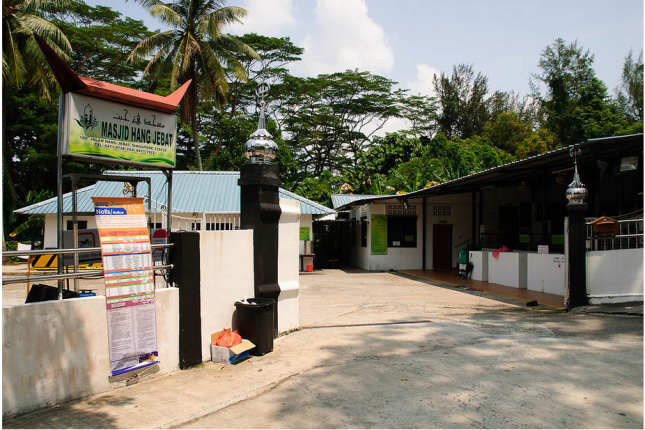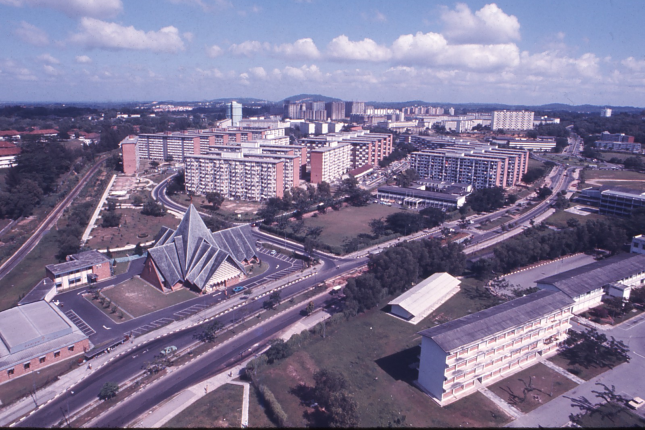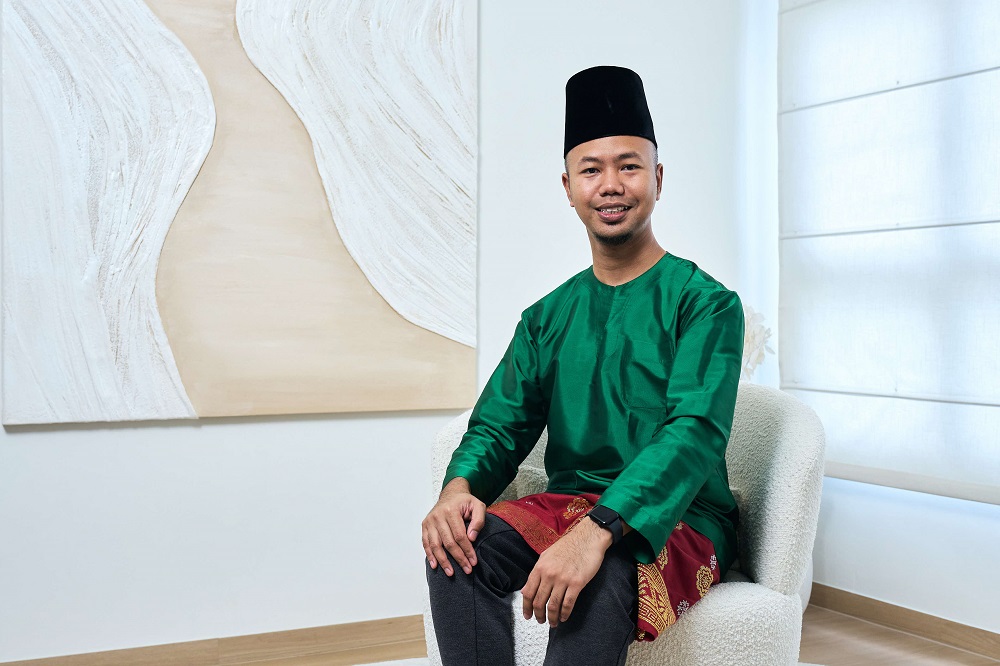Image size: 66.0 x 50.0 cm (with border 79.7 x 63.6 cm)
Originally from Cirebon, Haryadi Suadi is a well-known printmaker trained at the art training institution in Bandung where he studied printmtmaking under the tutelage of Mochtar Apin from the late 1950s until mid-1960s. Unlike the earliest generation of Bandung artists, such as Apin, Ahmad Sadali, and A.D. Pirous who worked closely with Western abstraction, Haryadi's prints engaged more closely with the works of Japanese printmaker, Shiko Munakata, and local languages of representation informed by Javanese and Cirebonese cultural and material tradition. While Haryadi had begun to experiment with glass painting since the mid-1970s, the decade of the 1980s can be considered as Haryadi's most productive period in producing both glass paintings and prints. "Buroq" depicts the Buraq, the semi-mythical creature in Islamic narrative of Isra and Mi'raj believed to have taken the Prophet Muhammad on a miraculous night journey from Mecca to Jerusalem and to the seventh level of heaven. In this glass painting, the Buraq is visualized in the style of Javanese shadow puppet as it floats above two Javanese/Cirebonese architectural forms that signify the local Cirebonese sacred realms. Haryadi divides the composition according to local cosmological spaces of the upper (godly) , middle (axis-mundi), and lower (human) realms. Each of this realm is indexed iconographically through the Buraq on the upper part, the sacred architectural build and trees on the middle part, and a typical Javanese house on the bottom part of the composition. Surrounding these three vertically delineated realms are mix of legible and illegible calligraphies mostly of Arabic script that are written in gold against the green and ochre backgrounds.





